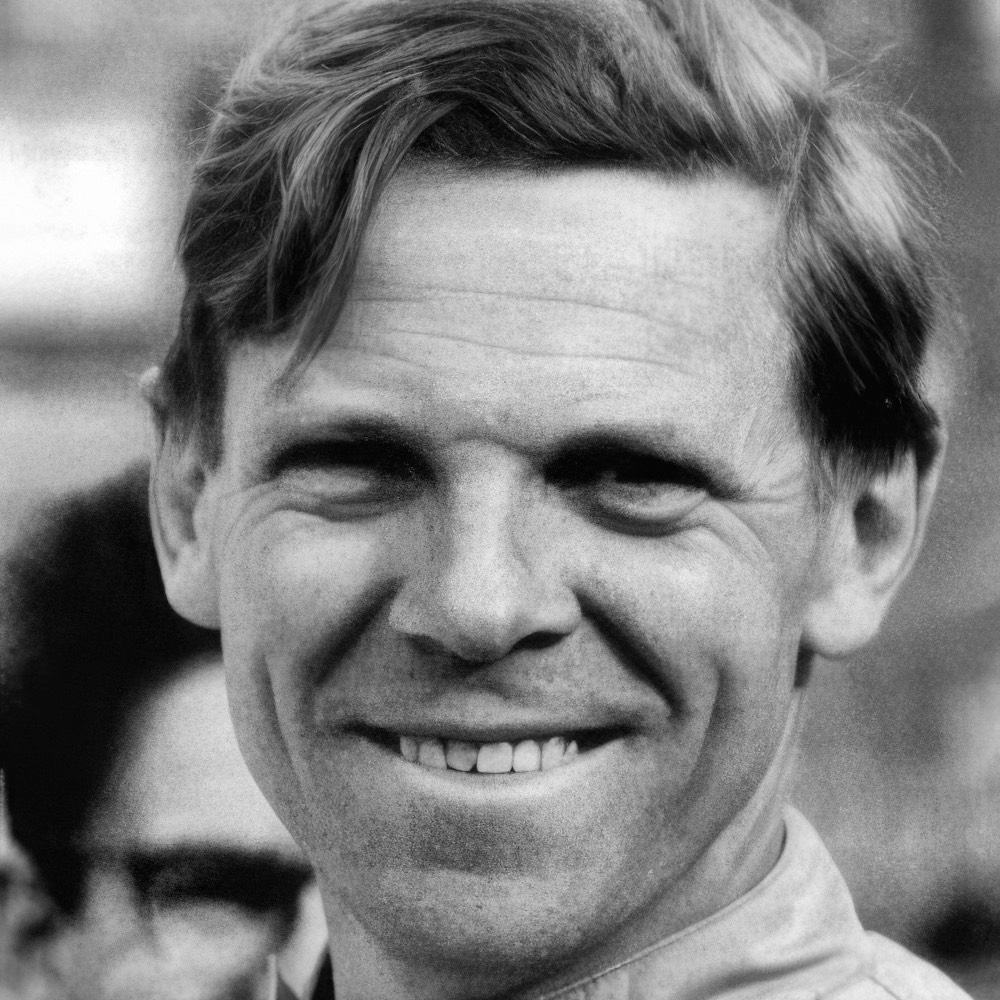
Paul Frère
Career Statistics
Biography
Paul Frère (30 January 1917 - 23 February 2008) was a Belgian racing driver, journalist, and automotive writer who competed in 11 Formula One World Championship Grands Prix between 1952 and 1956, achieving one podium finish with second place at the 1956 Belgian Grand Prix and scoring 11 championship points, before winning the 1960 24 Hours of Le Mans driving for Ferrari alongside fellow Belgian Olivier Gendebien, and then embarking on a distinguished four-decade career as one of the world's most respected automotive journalists and technical writers, authoring the definitive textbook on racing driving technique and becoming European Editor for Road & Track magazine. Born in Le Havre, France, on 30 January 1917, Frère was the son of a Belgian diplomat, and he grew up living in many of Europe's capitals including Paris, Brussels, Berlin, and Vienna, developing the multilingual abilities and international perspective that would later serve him well as a journalist covering European motorsport.
Before pursuing motorsport, Frère was a successful competitive rower, winning three Belgian national rowing championships in 1946 and 1947 in the coxless four category, demonstrating athletic ability and competitive instinct that would translate to motor racing. Frère's motorsport career began not with cars but with motorcycles after World War II, and he won his class riding a pre-war 500cc Triumph Speed Twin on his debut in 1947, but he soon transitioned to four-wheeled competition where greater opportunities existed. His Formula One debut came at the 1952 Belgian Grand Prix at Spa-Francorchamps on 22 June 1952, beginning a sporadic Grand Prix career that would see him compete in 11 World Championship races over five years, never running a full season but rather making selected appearances when his journalism work permitted and when competitive drives became available.
Frère's best Formula One results came at his home circuit of Spa-Francorchamps, where he finished fourth in 1955 and achieved his career-best second place in 1956, both times driving for Ferrari, demonstrating that he possessed genuine speed when provided with competitive equipment and racing at a circuit he knew intimately. Beyond his 11 World Championship starts, Frère competed in numerous non-championship Formula One races throughout the 1950s, gaining additional experience and demonstrating consistent competitiveness even if ultimate success in the World Championship eluded him. Frère's greatest motorsport achievement came at the 1960 24 Hours of Le Mans, where he partnered with fellow Belgian Olivier Gendebien in a Ferrari 250 TR, and they dominated the race, leading for more than 22 hours including driving through torrential rain most of the night, ultimately winning by a comfortable margin and giving Frère victory in the world's most prestigious endurance race.
After retiring from active racing in 1960 at age 43, Frère devoted himself full-time to automotive journalism and technical writing, working as European Editor for the American magazine Road & Track while also contributing to numerous other automotive publications across Europe and America. In 1963, Frère published 'Sports Car and Competition Driving,' a groundbreaking book that analyzed racing driving as a skill that could be systematically taught and explained, and along with works by Piero Taruffi and Denis Jenkinson, Frère's book was one of the first to treat motor racing technique as a subject worthy of serious technical analysis rather than merely romantic description, and it became a standard reference that influenced generations of racing drivers and remains in print decades later.
Frère became an expert on Porsche automobiles, particularly the Porsche 911, and he wrote 'The Porsche 911 Story,' which became the definitive reference work on this iconic sports car, demonstrating his ability to combine technical knowledge with readable prose that appealed to both enthusiasts and casual readers. Throughout his journalism career spanning more than four decades, Frère had the opportunity to test hundreds of road and racing cars, and his technical assessments were highly valued by manufacturers and readers alike because his racing experience gave him unique insights into vehicle dynamics, and his engineering knowledge allowed him to explain complex technical concepts in accessible language.
At age 86 in 2003, Frère tested and demonstrated the Audi R8 Le Mans prototype during a break in proceedings at the Test Day for the 24 Hours of Le Mans, making him the oldest driver to pilot a then-current sportscar, and this appearance demonstrated that his passion for driving and his connection to motorsport remained strong even in extreme old age. Paul Frère died on 23 February 2008 in Saint-Paul-de-Vence, France, at age 91, passing away after a long and extraordinarily productive life that encompassed rowing championships, motorcycle racing, Formula One competition, Le Mans victory, and five decades of influential automotive journalism. In recognition of his achievements and his status as one of Belgium's greatest racing drivers, Turn 15 at the Circuit de Spa-Francorchamps—formerly the first part of the Stavelot corner—was renamed in his honor, ensuring that his name would remain permanently associated with the circuit where he achieved his best Formula One results.
Paul Frère's legacy extends far beyond his modest Formula One statistics of 11 starts and one podium, as his victory at the 1960 Le Mans, his groundbreaking book on racing technique, his decades of respected automotive journalism, and his role as one of the first writers to treat motorsport as a subject worthy of serious technical analysis made him one of the most influential figures in post-war motorsport history, respected equally by drivers for his racing achievements and by readers for his technical writing, a rare combination that made him unique in the motorsport world and ensured that his influence extended far beyond his own competitive career to shape how multiple generations understood racing technique and automotive performance.